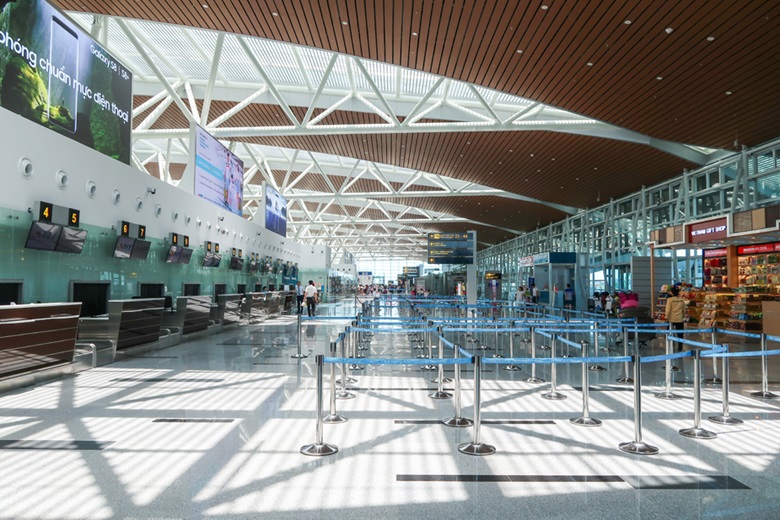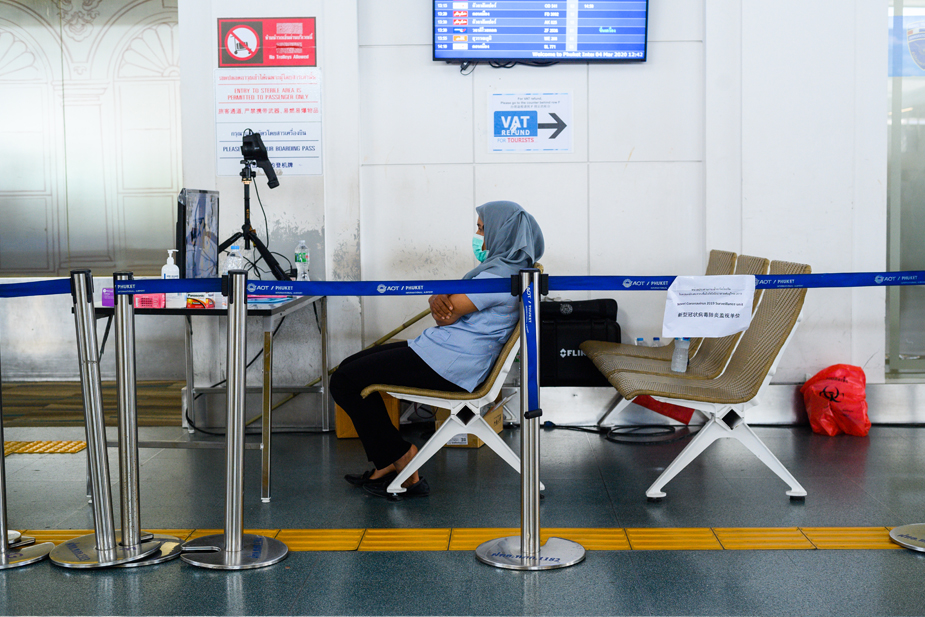What Now for Travel and Tourism in the Asia-Pacific?

Among major industries, travel and tourism has been hit hardest by the ongoing COVID-19 pandemic. It is the first to suffer and will probably be among the last to recover.
The APEC Tourism Working Group, a platform for regional tourism administrators to share information and develop areas of cooperation, recognizes the sensitivity of the industry to global health issues. It held its first virtual meeting in May to ensure its 2020 work continues even amid travel bans and lockdowns. Appropriately, it was the first working group within APEC to hold a virtual meeting this year with full attendance.
The tally of the pandemic’s effect on tourism paints a worrying picture. The World Travel & Tourism Council says that up to 100 million jobs are at immediate risk globally due to the pandemic. This coincides with travel and tourism GDP loss to the world economy, now up to USD 2.7 trillion. This is a huge leap from just last March, when the forecast of jobs at risk stood at 75 million.
The impact on global tourism is more than five-fold that of the 2008 global financial crisis. The global unemployment rate directly related to job losses in the travel and tourism industry alone is up 2.1 percent. That the pandemic affects international travel is well known, but it’s hard to exaggerate how deeply it cuts. With entire passenger fleets grounded, air capacity is at its lowest in recent history. The pandemic would set back international tourist arrivals by 58 to 78 percent this year.

It will take some time before people regain the confidence to travel again.
The scale of the industry’s contribution to APEC economies specifically makes it an important driver of growth for the region. Thus, tourism will be crucial in its recovery post-pandemic. There are 470 international airports in the APEC region. Its travel and tourism sector employs 57.5 million and contributes USD1.5 trillion to GDP. In 2017, APEC economies recorded the highest growth in terms of tourist arrivals globally, with a collective 464.7 million international tourists—about 33 percent of global tourism arrivals. Moving forward, this might no longer be the case. It will take some time before people regain the confidence to travel again. On one end, travelers will become more conscious of the health risks and, on the other, they may be discouraged by stringent travel restrictions.
The solutions to these concerns will only come through close and deliberate coordination among economies. If this doesn’t happen before travel resumes at large, we will spend years trying to win back the confidence of potential tourists as a consequence. Imagine, for instance, how frustrating it will be for travelers if they will be required to undergo multiple health tests as well as download multiple contact tracing applications for every stop and layover? Preventing this scenario requires harmonizing protocols and establishing minimum standards. If this cannot be done on a worldwide scale, economies must themselves do it for the APEC region.
Work in promoting sustainable and inclusive tourism within APEC is underway. We’re aligning policies among member economies to facilitate future travel and are improving coordination mechanisms. We aim to bolster efforts in strengthening the resiliency of tourism by incorporating risk and emergency management measures, and we’re in the process of reviewing the existing work plans and goals, to ensure they will conform to the new normal.
Even now, as some economies struggle to contain the virus’s waves, others are slowly reopening domestic tourism or travel to neighboring destinations. Tourism administrators should keep a collective eye on these ventures, as we plan the revival of the industry.
We must also keep in mind, always, that the health and safety of travelers are paramount. As such, we’ll need to work closely with our health and emergency preparedness agencies in developing standard procedures that will instill confidence and encourage travel, while ensuring safety.
What’s next for tourism? Challenging times. We are to rebuild an industry built upon connections and good experiences in a world that has been shell shocked. But if we face this challenge collectively and immediately, the sector will come out restored and better than before. I believe it is our duty to eventually achieve this. Tourism contributes to inclusive growth and employs many workers and struggling small businesses that have been disenfranchised by this pandemic and is therefore vital to the livelihood of millions.
#
Mohd Daud Mohd Arif is the Lead Shepherd of the Tourism Working Group.

